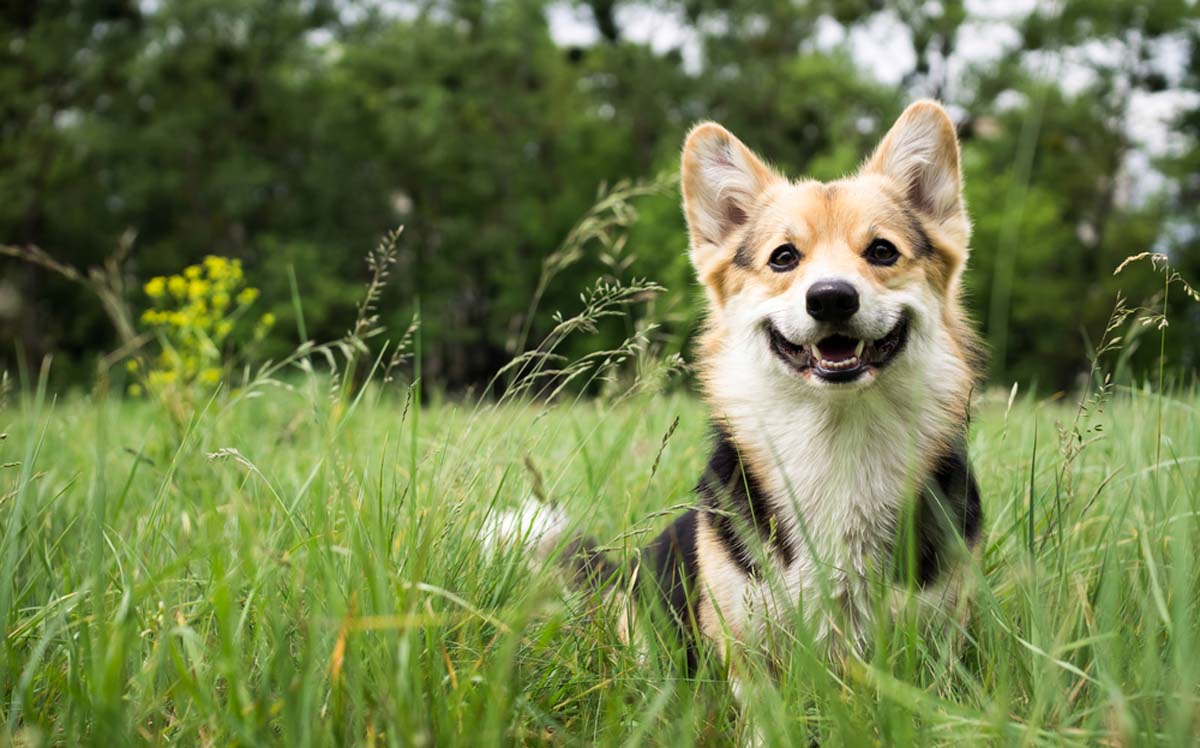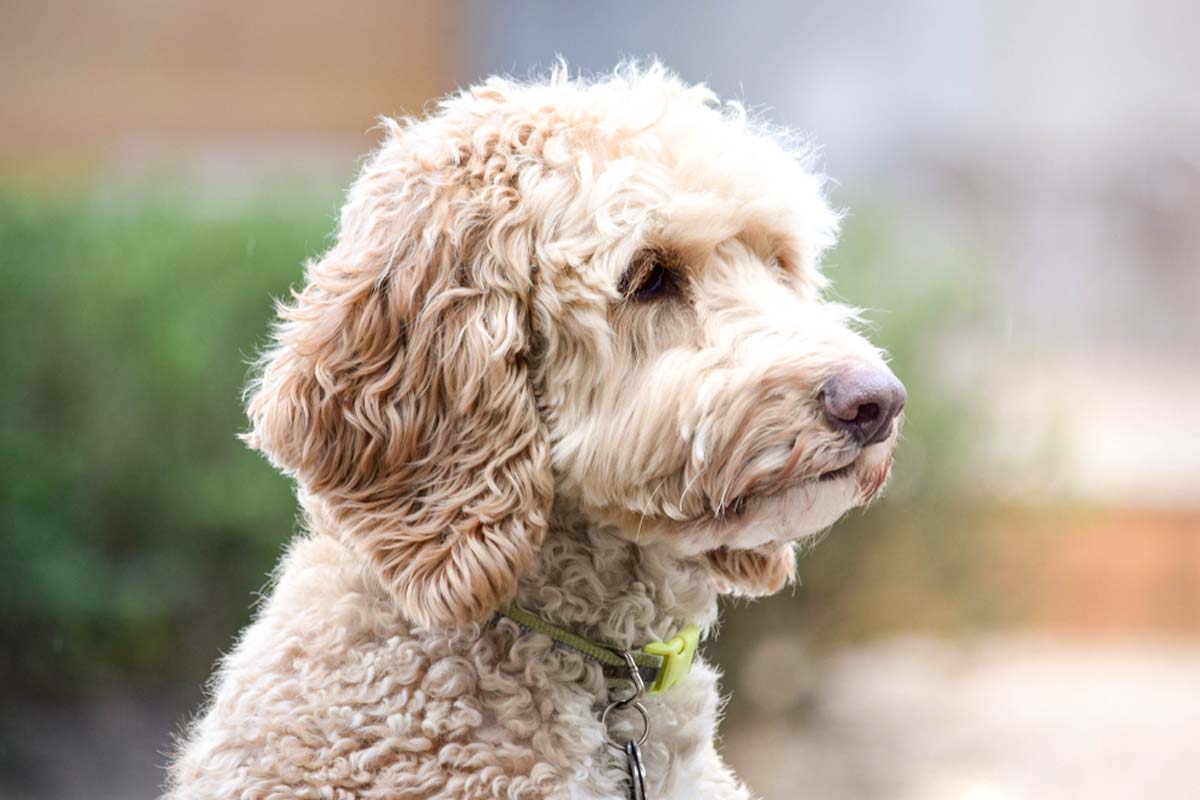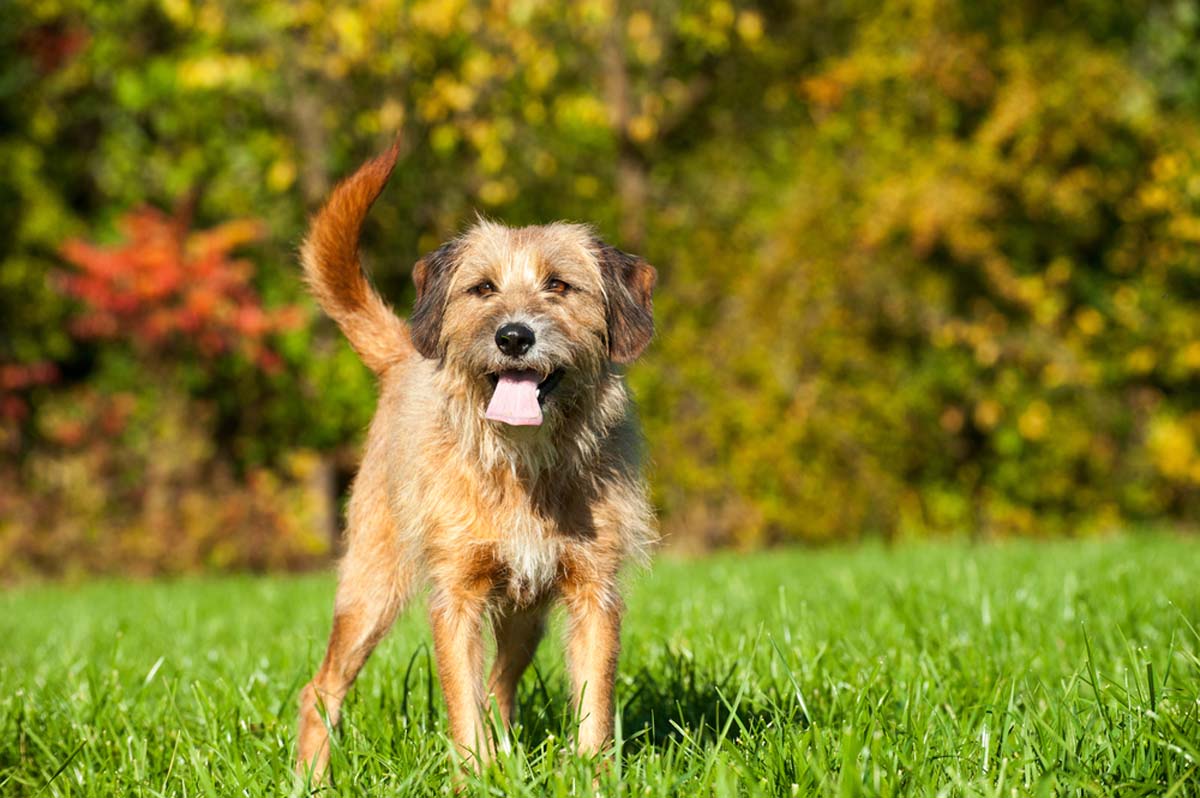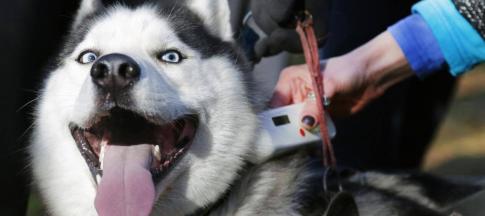
Whether it’s a cute Dachshund or something a little larger like a Border Collie or even a Great Dane – there’s a breed of dog for everyone.
But what about the crossbreeds, like the Labradoodle or Cockapoo? And the mongrels, whose background can be harder to figure out but are no less loyal and loving?
We take a look at the advantages and disadvantages of these three canine categories and share some tips for rehoming a dog.
Pedigree
A pedigree dog breed has two purebred parents of the same breed. Both of their parents are usually registered with a society or club that keeps a register for that particular breed.
A perfect example of a pedigree dog should match the breed standard, which is a description of the physical features of dogs of that breed.
Advantages:
- It's easier to know what you’re getting in terms of character traits and temperament.
- You know how big they’ll grow.
- You know what their coat will be like (does it shed or need to be clipped?).
Disadvantages:
- They can be very expensive.
- They're sometimes prone to hereditary diseases (often because of selective breeding).

Crossbreed
A crossbreed comes from two purebred parents of two different dog breeds. Crossbreeds are very popular – examples of these so-called ‘designer dogs’ include:
- Yorkie Poo (Yorkshire Terrier and Poodle)
- Cockapoo (Cocker Spaniel and Poodle)
- Labradoodle (Labrador and Poodle)
- Chiweenie (Chihuahua and Dachshund)
- Schnoodle (Miniature Schnauzer and Poodle)
Crossbreeds are sometimes bred to develop a dog with particular traits.
It's thought that designer crossbreeds first came about when breeders tried crossing the Poodle with other breeds, with the aim of passing on the Poodle's intelligence and non-shedding coat. The trouble is that this isn’t guaranteed.
Advantages:
- They’re generally considered healthier than pedigrees, as there’s a larger number of dogs to breed from.
Disadvantages:
- They can be expensive.
- It can be more difficult to predict the full size than with a pedigree (especially if the parents differ in size).

Mongrel
The word mongrel seems like a pretty negative word for what is a unique and varied group of dogs.
A mongrel dog or mutt is made up of a mix of breeds – generally three or more.
It might be the offspring of two cross breed dogs, with a background of four breeds. Or, it might just be that you have no clue or only a vague idea of the breeds your dog comes from.
Advantages:
- They're unique.
- They're usually cheaper to buy or adopt.
- As they're more genetically diverse, they're generally healthier than pedigrees.
- They often live longer than purebred dogs.
Disadvantages:
- They can be unpredictable in terms of character traits.
- It can be more difficult to predict the full size than with a pedigree dog.

Tips for rehoming a dog
Whether you love small dogs or large, the energetic or the lazy, there’s a type of dog for you. A great way to find a dog is to go to your local rehoming centre.
As well as offering abandoned pets a second chance at a happy life, rehoming centres can offer advice and support for getting your new pet settled.
There are all sorts of dogs looking for forever homes, so you’re sure to find the perfect pet for you.
You should consider:
- how much space you have at home - if you live in a flat with no outside space, a big dog might not be for you
- your lifestyle - for example, if you're into running and want to take your dog out with you, a small dog will likely struggle to keep up
You should be realistic about what would work for you and what would be fair to your new pet.
For more information, take a look at how to keep your pets safe at home and if you have any existing pets, how to introduce your new dog carefully.

